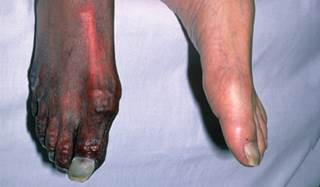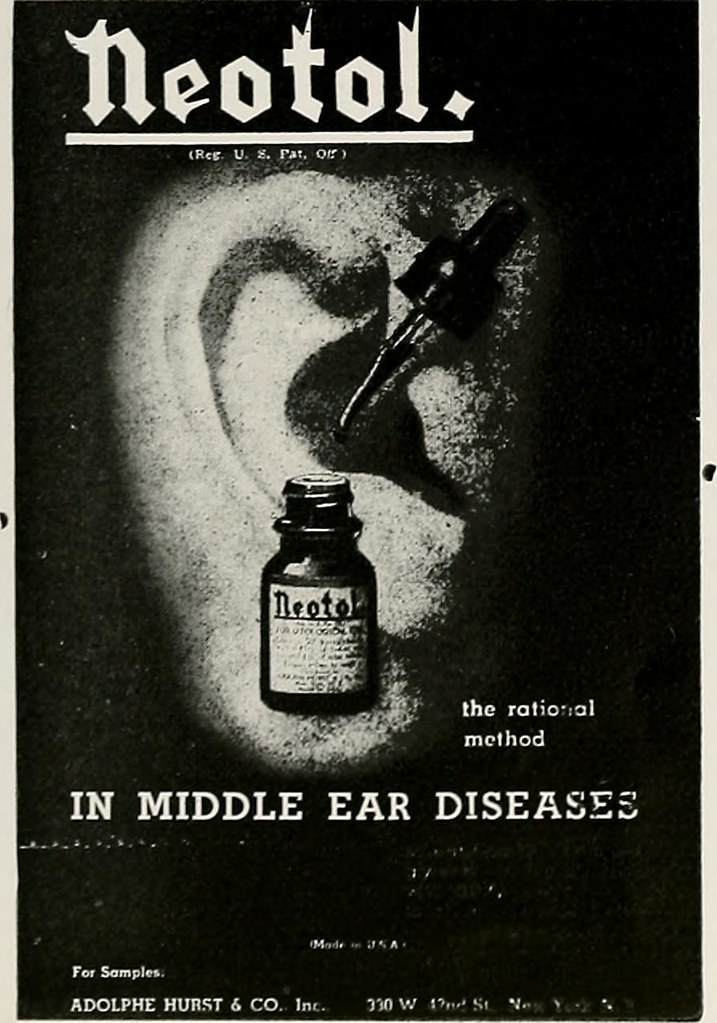Peripheral Vascular Disease

Peripheral vascular disease is an extremely serious condition that affects the heart and circulatory system
Peripheral vascular disease occurs in the body's blood vessels, such as the arteries, veins, and capillaries. In most cases, it is the result of an increase in fluid build up in the veins or arteries, which becomes more than the body's capacity to remove. When this happens, the walls of the arteries and veins become damaged enough that they can be damaged and lose their function.
Severe cases of peripheral vascular disease may result in permanent paralysis, which can occur quickly, causing a person to lose the use of their limbs, and requiring the amputation of the affected part. There are several types of peripheral vascular disease that can affect people's ability to walk, and there are also more subtle conditions that can cause difficulty walking. This type of disease can be caused by a variety of factors, such as a family history of this condition, obesity, or the buildup of fatty deposits in the legs.
Common symptoms associated with this condition include chest pain, shortness of breath, nausea, fatigue, dizziness, and sweating. In more severe cases, patients may experience jaundice or light-colored skin, among other symptoms. It is important to note that a certain amount of peripheral vascular disease is expected during a person's lifetime, but if the condition is left untreated it can lead to more serious complications, including stroke, heart attack, or even death.
If you believe that you or someone that you know has symptoms of this disease, it is important to contact a physician as soon as possible. Doctors know how to assess for the presence of peripheral vascular disease, and they can usually tell if a patient has it from their symptoms alone. If you think that you have peripheral vascular disease, it is important to take action as quickly as possible, since the effects of this disease can last for a long time and can even result in death if left unchecked.

In more severe cases of this condition, a procedure called an endovascular procedure may be performed
This procedure is commonly done on people with less severe cases of this condition to expand the walls of the veins and arteries to increase their capability to remove fluids and reduce the risk of complications. In order to perform this procedure, doctors use a small device in a procedure known as a vascular radiofrequency ablation.
While this type of procedure is considered relatively safe, it is important to remember that it is a very invasive procedure. The physician will need to insert a needle into the person's body. Once this is done, the doctor will then create a small electric current and deliver it into the body through the needle. This electricity causes the walls of the affected vein or artery to be broken down and the blood is then passed through the tube that is installed.
Because the procedure is relatively invasive, there is always some chance that the procedure could go wrong. This is why it is essential to see a doctor at the very first sign of any symptoms to make sure that the procedure is successful.
If you think that you may have peripheral vascular disease, it is important to talk with your doctor and ask about the various options that are available to help improve your ability to walk and keep from having to wear a cane for the rest of your life. You can also find out about the latest research and developments that have been done on this disease, including new treatments and procedures.